Titbits and News from the Mare Nostrum
Floods in Libya Reveal Hidden Treasures of Ancient Cyrene
Recent floods in Libya revealed hidden wonders of the ancient city of Cyrene, including Roman water channels, unknown buildings, and a marble statue. But amidst the excitement lies the challenge of preserving these unearthed treasures. Explore the fascinating discoveries and ongoing efforts to safeguard Cyrene's legacy.
By Nick Nutter on 2024-02-17 | Last Updated 2024-02-17 | Titbits and News from the Mare Nostrum
This article has been visited 1,929 times

Floodwaters at Cyrene
The floods that swept through Libya in September 2023 brought devastation and tragedy. The torrential waters, which have claimed the lives of 4,540 people, have caused immense damage and loss. They also presented an unexpected gift: the unveiling of previously hidden archaeological structures in the ancient city of Cyrene, near Derna. Centuries of accumulated earth and debris were washed away, revealing secrets that had slumbered beneath the surface for millennia.
Do you enjoy my articles? For your reading pleasure, this website does not carry third party ads. You could help me write more articles by buying me a cup of coffee.
When was Cyrene founded?


Temple of Zeus, Cyrene
Cyrene, founded by Greek settlers in 631 BC, flourished for centuries as a center of agriculture, trade, and culture. It became a Roman city in 74 BC and remained a vital hub until its decline following a major earthquake in 365 AD. Today, it stands as a UNESCO World Heritage Site, a testament to its historical significance.
Where is Cyrene?
The site of ancient Cyrene is partly occupied by the modern village of Shahhat in al-Jabal al-Akhdar, eight miles southwest of Marsa Susah. Three main areas of the city have been excavated: the fountain and sanctuary of Apollo, where the Venus of Cyrene and a colossal statue of Apollo were found; the upper city, site of a forum and basilica modelled on the Kaisareion of Alexandria, and a large 2nd-century house with fine mosaics; and the centre of the Roman town, in which stands a huge Doric column marking the site of the temple of Zeus, a gigantic Doric building of the late 6th century BC.
What was revealed by the floodwaters?


General view of Cyrene
The floodwaters, though destructive, acted as a powerful excavator, exposing structures that had long been forgotten. Among the discoveries were:
- A network of Roman-era water channels: Believed to be part of the city's sophisticated water management system, these channels offer insights into the engineering prowess of the Roman era.
- Foundations of unknown buildings: These hidden structures hint at the vastness of Cyrene, suggesting unexplored areas with the potential for further discoveries.
- A marble statue: Unearthed at the Temple of Demeter, this statue adds to the artistic legacy of the city and provides valuable clues about its cultural and religious practices.
While these discoveries are thrilling, the floods also caused damage. The rushing water eroded ancient structures, weakened foundations, and deposited mud and debris in sensitive areas. Urgent preservation efforts are now underway to stabilize the exposed structures and prevent further damage.
Protective measures
Archaeologists and officials face a crucial challenge: balancing the excitement of new discoveries with the need to protect existing ones. Careful documentation, analysis, and conservation measures are essential to ensure that the legacy of Cyrene is not only unearthed but also preserved for future generations.
The story of Cyrene's rediscovery following the floods serves as a stark reminder of the power of nature, both its destructive and revelatory forces. It highlights the importance of archaeological research and preservation, underscoring the need to protect our historical treasures for future generations to learn from and appreciate.
Do you enjoy my articles? For your reading pleasure, this website does not carry third party ads. You could help me write more articles by buying me a cup of coffee.
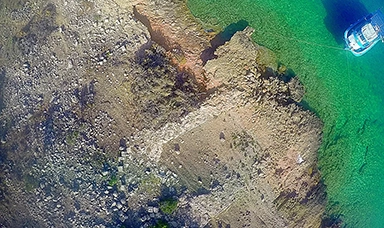 Dana Island, oldest ancient shipyard
Dana Island, oldest ancient shipyard A Bronze Age Courier Service
A Bronze Age Courier Service The Invisible Enemy
The Invisible Enemy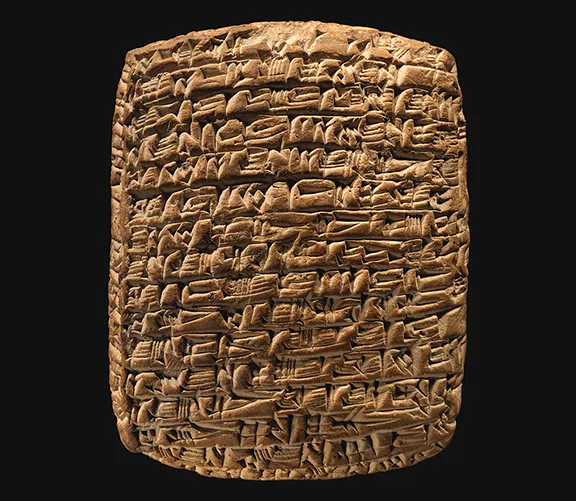 The World's First Company
The World's First Company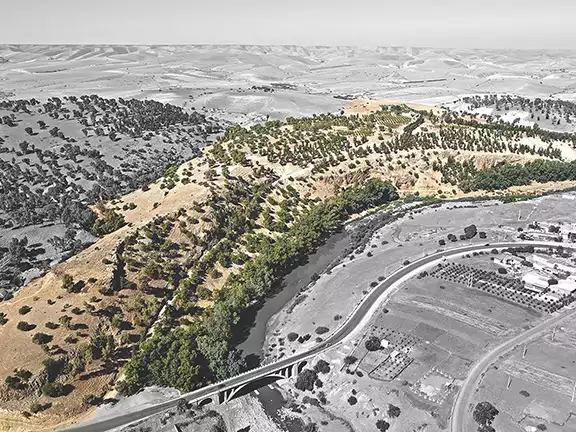 The Copper Age Site of Oued Beht
The Copper Age Site of Oued Beht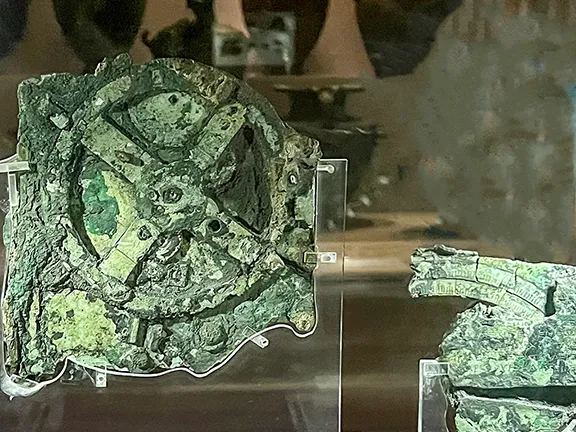 How the Antikythera Mechanism Works
How the Antikythera Mechanism Works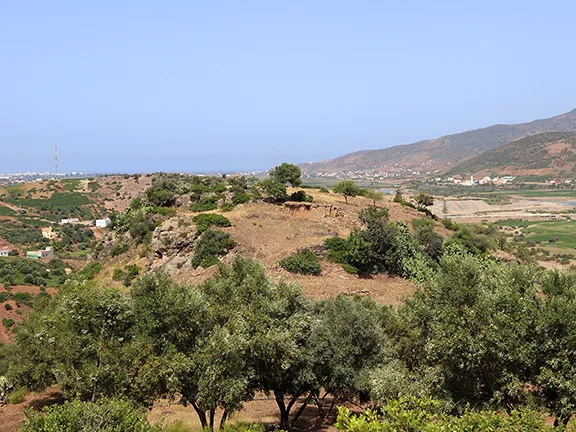 Kach Kouch and Iberia
Kach Kouch and Iberia Mediterranean Diet Evolution
Mediterranean Diet Evolution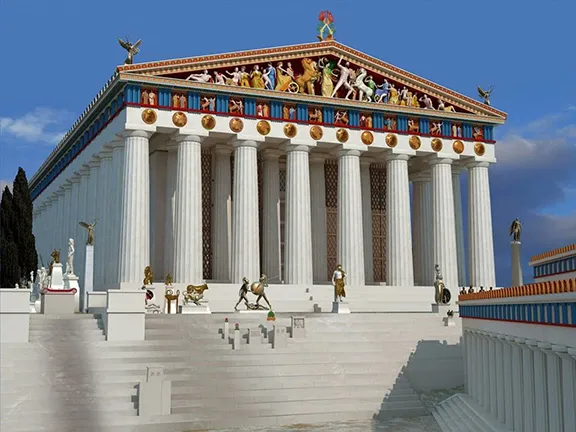 Hidden Colours of Ancient Statues
Hidden Colours of Ancient Statues Cleopatra: Egypt's Last Pharaoh
Cleopatra: Egypt's Last Pharaoh Alexandria Library's True Fate
Alexandria Library's True Fate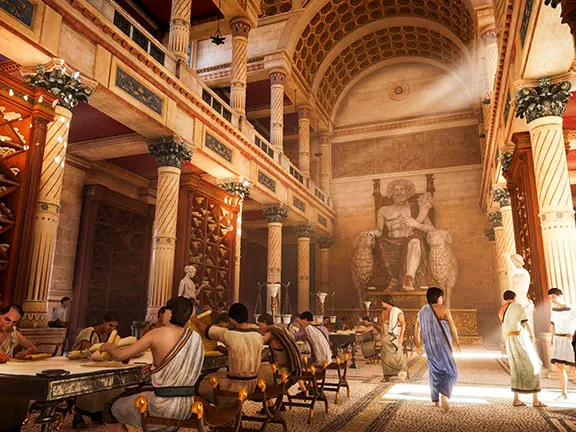 Six Great Ancient Libraries
Six Great Ancient Libraries Ancient Greek Technology
Ancient Greek Technology Broadening Horizons
Broadening Horizons The Nadītu Investors of Sippar
The Nadītu Investors of Sippar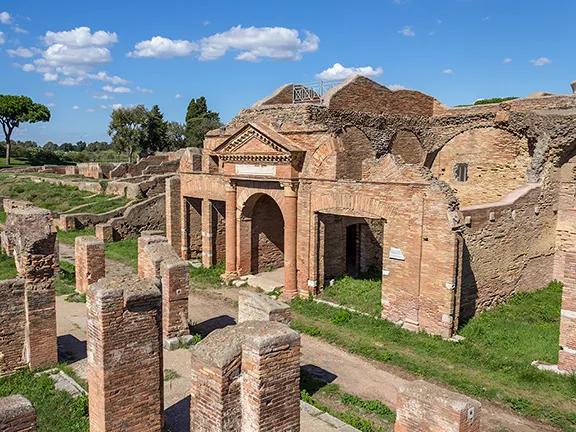 New light on Hadrian
New light on Hadrian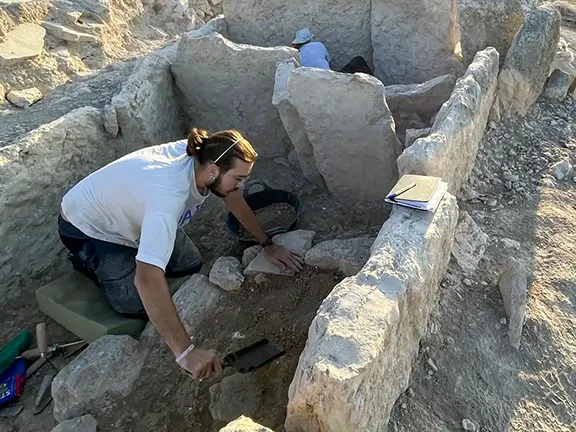 The Dolmens of La Lentejuela Teba
The Dolmens of La Lentejuela Teba New Cave Art Discovery in Valencia region
New Cave Art Discovery in Valencia region La Cabaneta Oldest Roman Forum in Iberian Peninsula
La Cabaneta Oldest Roman Forum in Iberian Peninsula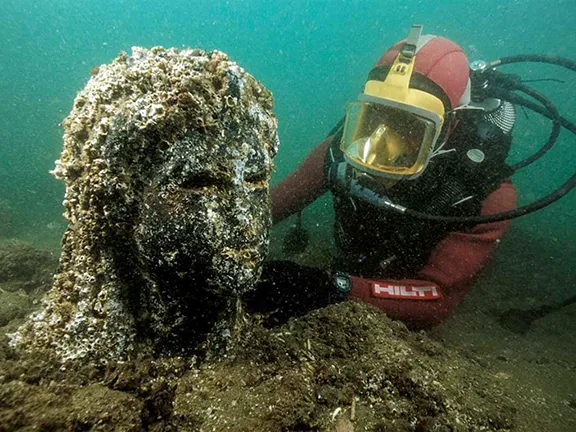 New Discoveries at Ancient Sunken City of Thonis-Heracleion
New Discoveries at Ancient Sunken City of Thonis-Heracleion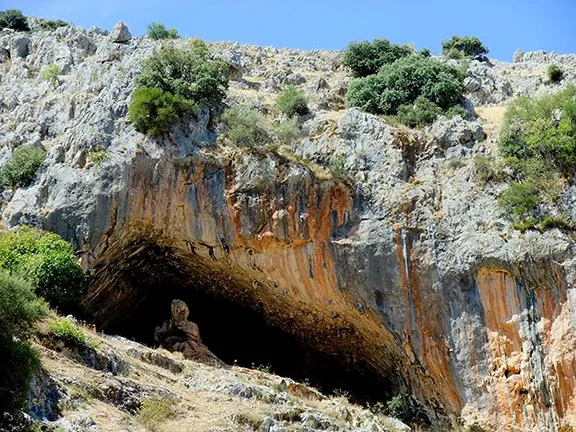 Europe's Oldest Shoes Found: 6,000-Year-Old Sandals Woven from Grass
Europe's Oldest Shoes Found: 6,000-Year-Old Sandals Woven from Grass Discoveries at Gobekli Tepe and Karahan
Discoveries at Gobekli Tepe and Karahan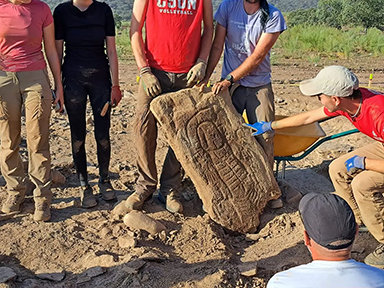 Decorated Stelae found in Canaveral de Leon, Spain
Decorated Stelae found in Canaveral de Leon, Spain The Nebra Sky Disc: A Bronze Age Calendar
The Nebra Sky Disc: A Bronze Age Calendar New Exhibition at the Archaeological Museum in Alicante
New Exhibition at the Archaeological Museum in Alicante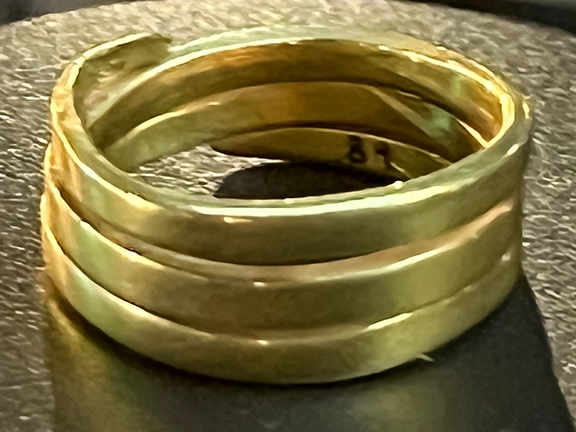 Bronze Age: A Golden Age for Jewellery
Bronze Age: A Golden Age for Jewellery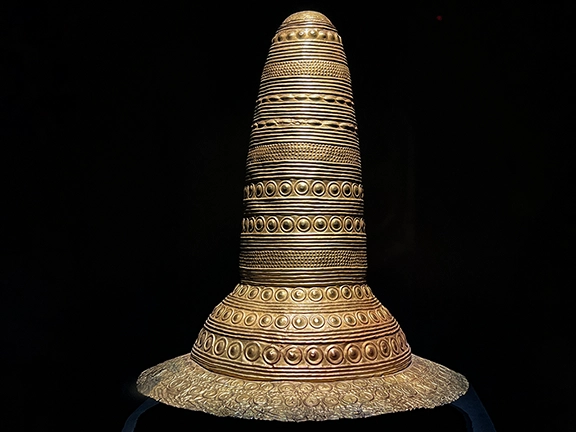 The Golden Hat of Schifferstadt
The Golden Hat of Schifferstadt